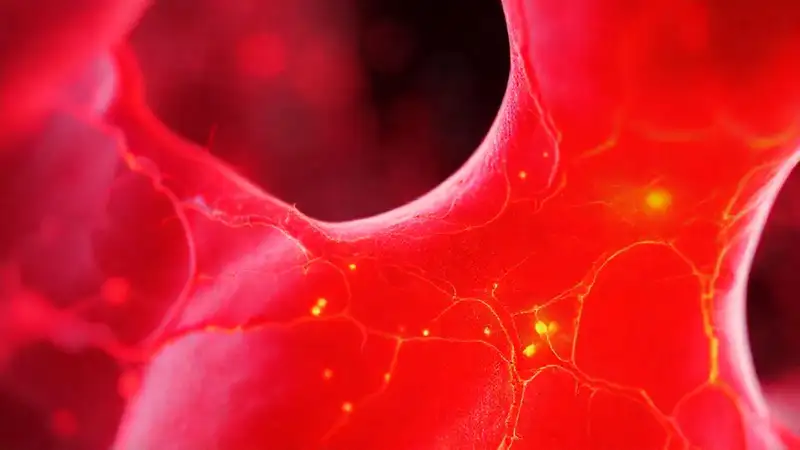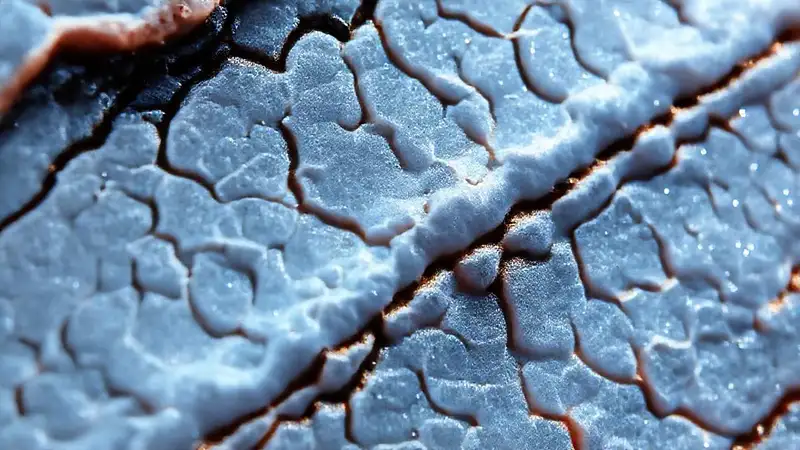The evolution of dinosaurs remains one of the most fascinating and actively researched areas in paleontology. A crucial piece of this puzzle lies in understanding the nature of their skin – was it covered in elaborate feathers, tough scales, or a combination of both? Reconstructing dinosaur integument is incredibly challenging, as fossilized skin is exceptionally rare. Consequently, scientists rely heavily on comparative anatomy of modern reptiles, particularly birds, which are descended from dinosaurs, alongside detailed analysis of fossilized bone structure and microscopic features, to infer the likely appearance and function of ancient skin. Ultimately, we seek to move beyond simple assumptions and build robust, predictive models.
Paleontologists have increasingly turned to biomechanical modeling as a powerful tool to investigate skin function. These models aim to predict how skin would behave under various stresses and environmental conditions, using principles of physics and material science. By simulating the properties of different skin types – from the elasticity of feathers to the rigidity of scales – researchers can test hypotheses about dinosaur locomotion, thermoregulation, and social signaling. The goal isn’t to create a perfect replica, but rather to offer plausible scenarios and guide future fossil discoveries.
The Case for Feathered Skin
For many years, the prevailing view suggested that most dinosaurs were covered in scales. However, the discovery of feathered dinosaurs, starting with Sinosauropteryx and later confirmed in Archaeopteryx and numerous theropods, dramatically shifted this perspective. The presence of feathers – initially found to be primarily for insulation – now suggests that a significant, and perhaps even dominant, portion of the dinosaur lineage possessed this integumentary structure. These feathers weren’t just flight feathers, either; simpler, filament-like feathers served various purposes, including camouflage, display, and perhaps even rudimentary gliding.
The initial models focused on the basic principles of feather structure, considering the interlocking barbules and the air spaces within the feathers. However, these models often struggled to accurately simulate the dynamic behavior of feathers – how they moved, flexed, and responded to airflow. More recent and sophisticated computational simulations have incorporated factors like feather density, length, and orientation, leading to a more realistic representation of feather function, particularly in regards to insulation and potentially active thermoregulation. Furthermore, the discovery of micro-feathers in some dinosaurs adds further complexity to these models.
Analyzing the fossil record shows that feather diversity was remarkably high. Different feather types likely served different functions within a single dinosaur, and species variation was likely substantial. Biomechanics helps to predict how these diverse feather structures would have interacted with each other and with the dinosaur’s body, providing a framework for understanding the evolution and ecological significance of feathers.
Scaling Up: Modelling Scaly Skin

While feathers are the focus of much attention, it’s important to remember that scales remained a crucial component of dinosaur integument. The type of scales varied greatly depending on the dinosaur’s size, age, and environment. Large, heavily keratinized scales provided robust armor for armored dinosaurs like Ankylosaurus, while smaller, more flexible scales covered the bodies of many other species. Understanding the mechanical properties of these scales is therefore critical to accurately representing dinosaur movement and defense.
Simple models of scaly skin focused primarily on the elasticity of the keratinous material. However, these simplified representations struggled to account for the complex arrangement of scales and the varying degrees of articulation between them. Advanced biomechanical models now incorporate a more detailed representation of scale geometry, the distribution of collagen fibers within the underlying dermis, and the impact of the scales’ interlocking structure on frictional forces. These enhanced simulations allow us to predict how scales would deform under pressure and how they would contribute to a dinosaur’s overall mobility.
The role of scales in thermoregulation also merits consideration. While feathers are effective insulators, scales can also provide a degree of protection against both heat and cold. By incorporating the thermal conductivity and reflectivity properties of scales into biomechanical models, scientists can investigate how dinosaurs might have regulated their body temperature in different environments, contributing to a more comprehensive understanding of their physiology.
Combining Feathered and Scaly Skin
Many dinosaurs likely possessed a combination of feathers and scales, creating a more complex patchwork integument. The distribution of these two types of integument was likely influenced by a variety of factors, including size, age, habitat, and social behavior. It’s becoming increasingly clear that the pattern of feather and scale distribution was not random, but rather strategically located to maximize functionality.
Recent biomechanical models are moving beyond simply representing feathers and scales as separate entities and are instead simulating their interaction. For instance, feathers might have been concentrated along the back for insulation and display, while scales provided protection along the flanks and legs. Simulations can now predict how this combined integument would have influenced locomotion, stability, and vulnerability to predators. Crucially, these models require accurate data on the relative properties of feathers and scales – their stiffness, flexibility, and weight – which must be obtained from detailed comparative anatomy and experimental testing.
The concept of “feather-scale mosaic” allows for a more realistic representation of dinosaur appearance and function. It acknowledges the diversity of integumentary strategies employed by the dinosaur lineage, rather than imposing a single, simplified model. As fossil discoveries continue, biomechanical models can be refined and updated to incorporate new data and further refine our understanding of this complex interaction.
Conclusion
The integration of biomechanical modeling with paleontological data is revolutionizing our understanding of dinosaur diversity. Previously, interpreting dinosaur skin relied heavily on conjecture and comparison with modern reptiles. Now, we can test hypotheses about skin function with a level of precision previously unattainable. These models are not intended to replace fossil evidence, but rather to complement it, providing a framework for interpreting the available data and generating new research questions.
Ultimately, this approach allows us to move beyond a static image of dinosaurs and to consider their skin as a dynamic, functional element of their biology. By continually refining these models and incorporating new discoveries, we are steadily constructing a more complete and nuanced picture of the remarkable evolutionary history of these ancient creatures, bringing us closer to truly understanding how they lived and moved.







Deja una respuesta